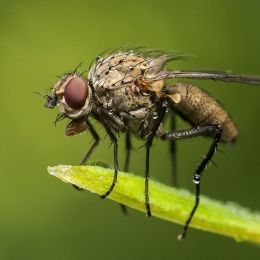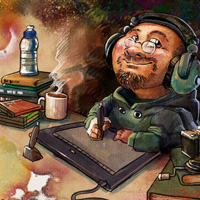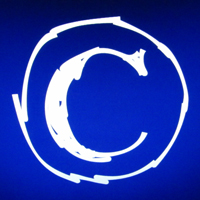- photo contests ▼
- photoshop contests ▼
- Tutorials ▼
- Social ▼Contact options
- Stats ▼Results and stats
- More ▼
- Help ▼Help and rules
- Login
21 - Engraving - Bryce Tutorial

In this tutorial, several methods for engraving models in Bryce will be discussed. There are many ways to accomplish this which will add realism and interest to your renderings.
The ones we will show in this tutorial will be:
* directly engraving
* boolean engraving
* lighting for appearance
submitted: 5 years and 3904 days ago
22 - Under Water - Bryce Tutorial
23 - Painting a DXF File with Your Own Image - Explosions 2 - Bryce Tutorial

There are several nice tutorials that explore how to paint a dxf file in Bryce already available on the internet. However, we feel that they missed a few things that will help add realism and more excitement to your downloaded dxf models. This page will guide you through acquiring, placing, painting, and scaling techniques that will aid in your finished image. Also, this tutorial is designed to introduce you to practical uses of the Bryce interface, so that the next scene you set up will be easier. This is the first part in the second (impact) explosion tutorial being prepared for this site.
To perform this tutorial you will need a photo editor. Either Adobe PhotoShop or Corel PhotoPaint are excellent.
submitted: 5 years and 3904 days ago
24 - Building Explosions 1 - Bryce Tutorial
25 - Against the World - Bryce Tutorial
26 - Key to Success - Bryce Tutorial
27 - Exporting Objects - Bryce Tutorial
28 - Plop Goes the Easel - Bryce Tutorial

How many times have you rendered a scene just to see a major flaw within it such as an object floating, a hole that shouldn't be there, a really bad texture? Here is a function that can aid in finding those errors. It can also help reduce time and effort while perfecting your images. This tutorial will focus on the use of the "Plop Render" function in Bryce.
While here, you will learn not only what it is, how to use it and some of its basic features, but you will also see one of the features of the plop render that many do not know exists. This is a "must see" for those who render in large resolutions.
submitted: 5 years and 3904 days ago













